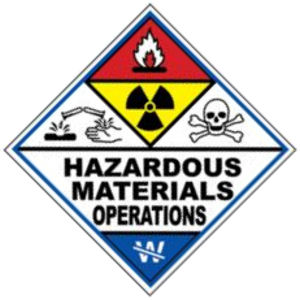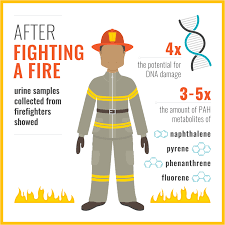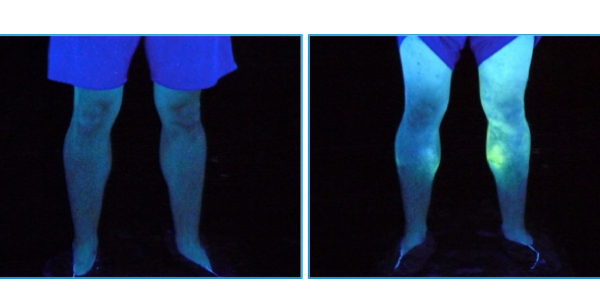By: Robert Avsec, Executive Fire Officer

One of my earliest memories from my Hazardous Materials-Operations course was hearing the instructor say, “Your structural firefighting PPE is not acceptable chemical protective clothing.” That was true in the mid-1980’s when I took that course and it’s still true today.
As concern within the fire service about firefighters developing cancer from their on-the-job exposures to the chemicals, chemical compounds, and known carcinogens has escalated, we’ve been very focused on the firefighter’s exposure to particulates, i.e., soot. Particulate-blocking hoods and gross decon after leaving the hazard area, showering upon return to the fire station, and other current measures are designed to reduce that exposure to particulates.

A team of researchers at the University of Ottawa, working with Health Canada, the University of Toronto and the Institut national de santé publique du Québec, examined chemical exposure experienced by Ottawa Fire Service firefighters during on-shift, emergency fire operations between January 2015 and April 2016. For more, CLICK on the image.
But we’re missing the far bigger picture and that’s the exposure to gases. A firefighter’s greatest exposure comes from the hundreds of chemicals, chemical compounds, and carcinogens that are produced when the building materials and furnishing of today’s structures burn. From the moment a firefighter enters a burning structure, until they exit the structure, a firefighter is enveloped in vapors:
- Vapors which permeate their PPE’s outer shell (BTW, what chemicals is the vapor barrier in your PPE rated for permeation?)
- Vapors that migrate up inside their pant legs.
- Vapors that migrate up inside their turnout coat.
- Vapors that seep in anywhere they can find an opening
Later, when I became certified as a Hazardous Materials Specialist, we learned that it was critical to research the chemical involved using our resources (e.g., the NIOSH Pocket Guide to Hazardous Materials) so that we could select the proper level of chemical protective clothing (suit, gloves, boots) based on the hazard (Yes, kids, that was back before there were one-piece single-use hazmat suits!).
And that was possible because, in most cases, hazmat teams are dealing with a single product release and such preparations can take place. But even in the hazmat world there is no such thing as a universal chemical protective suit that’s rated for every chemical.

Firefighter research shows PPE exposure risk on FireRescue1.com
So, why do we continue to buy into the myth that our structural PPE is protecting us from exposure to the wide variety of chemicals, chemical compounds, and known carcinogens that are gases?
And if we’re not “buying into the myth,” why do we continue to expose ourselves to chemicals, chemical compounds, and carcinogens in their gaseous form without the proper level of chemical protection?
More and more I hear and read about people in the fire service saying, “Treat every fire like a hazmat incident!” But talk is cheap. Hazmat teams don’t start taking care of their personnel after they’ve already been in the hot zone. They do so before ever committing personnel to the hot zone.
I don’t have the answer (At least not one that many people in the fire service want to hear) but I do know that we can’t keep on operating like we are with the PPE that we have.
You think there are a lot of posts on social media of firefighters who have died from cancer? You ain’t seen nothing yet.
 Fire & EMS Leader Pro The job of old firefighters is to teach young firefighters how to become old firefighters!
Fire & EMS Leader Pro The job of old firefighters is to teach young firefighters how to become old firefighters!